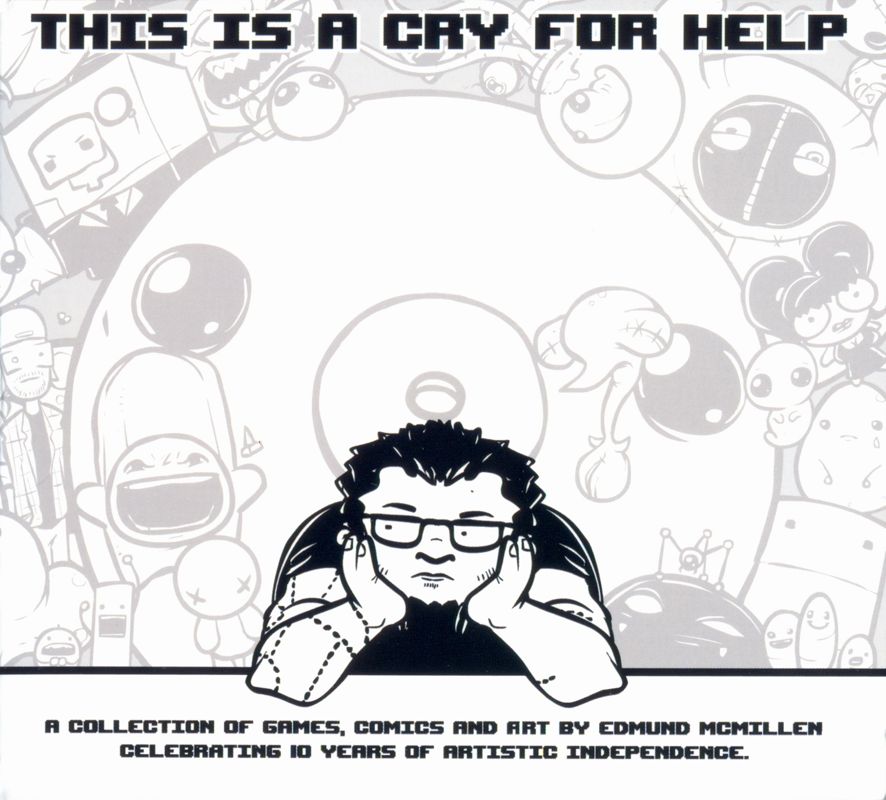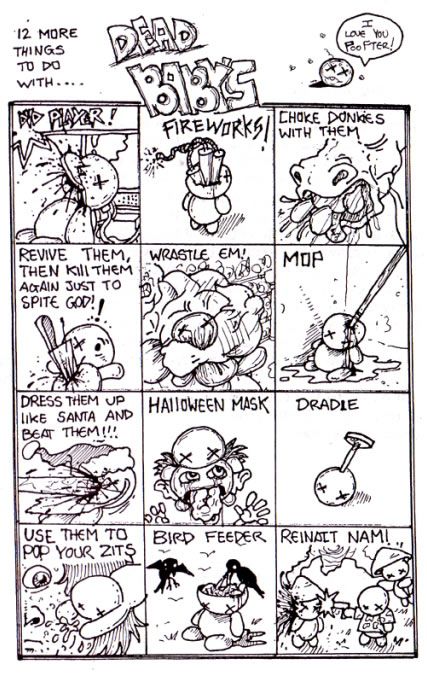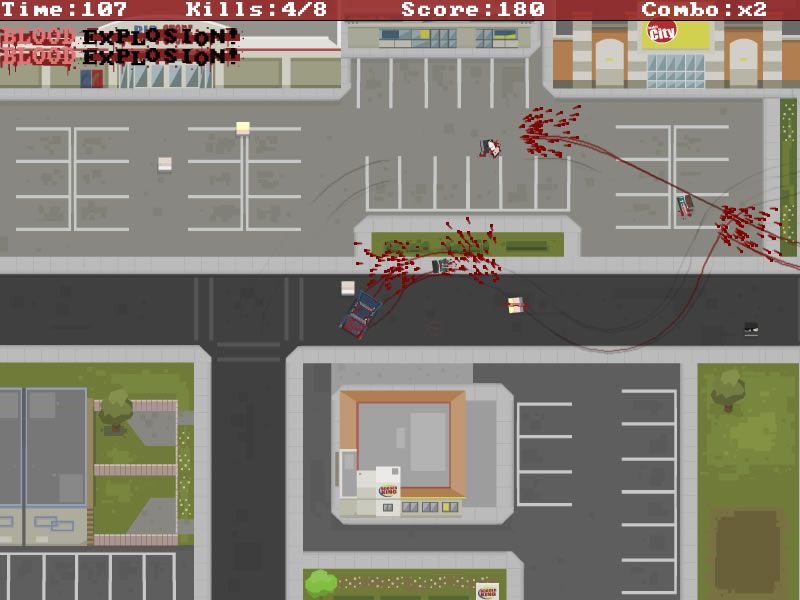Retro Replay Review
Gameplay
This Is a Cry for Help offers a sprawling anthology of seventeen full games alongside a trove of prototypes and unreleased builds, each showcasing Edmund McMillen’s evolving design philosophy over a ten-year span. From the slick momentum of Gish’s gooey platforming to the lightning-fast precision demanded by Meat Boy, players will experience a kaleidoscope of genres: action, puzzles, physics-based challenges and experimental detours. The variety here means that one moment you’re navigating subterranean caverns in Blast Miner, and the next you’re solving surreal puzzles in Coil, keeping each session fresh and unpredictable.
(HEY YOU!! We hope you enjoy! We try not to run ads. So basically, this is a very expensive hobby running this site. Please consider joining us for updates, forums, and more. Network w/ us to make some cash or friends while retro gaming, and you can win some free retro games for posting. Okay, carry on 👍)
Prototypes such as Gish Beta IGF04 and Tri-achnid Beta grant a fascinating behind-the-scenes glimpse at early mechanics and level design. You’ll witness raw ideas in their infancy—janky physics, placeholder art and unpolished but intriguing concepts that never made it to wide release. For enthusiasts and aspiring designers, dissecting these builds is as educational as it is entertaining, revealing the iterative process that underpins McMillen’s hits.
Difficulty is a hallmark of many included titles. Meat Boy, even in its unreleased prototype form meat Boy GB, establishes the breakneck precision platforming we know today, while games like Carious Weltling demand careful strategy rather than reflexes. The balance ranges from casual curiosity in early demos to relentless challenge in deluxe builds, satisfying both newcomers and hardened speedrunners who want to master every pixel-perfect jump.
Replay value soars thanks to hidden bonus games—Snack-o-Lantern, Vertigo and Clubby: Killing Season among them—as well as unlockable concept art and commentary tracks. Whether you stick to your favorite masterpiece or chart a course through every prototype, the disc encourages exploration. Thorough players will find themselves revisiting familiar levels armed with new insights gleaned from the extras menu.
Graphics
Graphically, This Is a Cry for Help is an unfiltered showcase of McMillen’s signature aesthetic: chunky pixels, stark silhouettes and twisted character designs. Early titles like Blood Car 2000! Deluxe! feature rudimentary, evocative sprites, while later games—most notably Aether and Gish—demonstrate refined lighting and particle effects that heighten immersion. Tracking this evolution across ten years is like watching an artist hone their craft in real time.
Each game’s palette reflects its mood: visceral reds and grays dominate The C Word, whereas the desolate beauty of Aether is painted in cool blues and drifting nebulae. Even prototype builds carry a distinct visual charm, with placeholder art often replaced by rough sketches and hand-drawn frames in the extras section, underlining the raw creativity that fuels the final products.
The user interface varies widely from one title to the next—minimalist HUDs in puzzle-heavy games like Coil give way to more intricate displays in action-packed entries such as Tri-achnid. While some interfaces feel dated by modern standards, they contribute to the collection’s archival value, preserving the era’s indie design conventions rather than hiding them behind gloss.
Extras like concept art galleries and commentary tracks let you zoom into high-resolution scans of original sketches, magazine clippings and early box-art designs. These behind-the-scenes materials shed light on the graphic design process, revealing how visual ideas were pitched, scrapped or refined. For anyone interested in game artistry, these extras are worth the price of admission alone.
Story
While This Is a Cry for Help isn’t a single narrative experience, its anthology format weaves an overarching meta-story about creative growth and experimentation. Each included title stands alone with its own premise—Meat Boy’s frantic rescue missions, Clubby the Seal’s dark humor, Aether’s cosmic journey—but together they chart McMillen’s shifting thematic obsessions, from adolescent angst to existential dread.
Many games here are light on exposition, relying instead on environmental storytelling and evocative level design. In Gish, for example, the murky caverns and sporadic scraps of text hint at a world in decay. Coil’s surreal settings and cryptic imagery invite players to piece together their own interpretations. These fragments coalesce into a larger, more personal understanding of McMillen’s creative psyche.
The bonus materials, including commentary tracks and magazine articles, add another narrative layer by letting McMillen—and in some cases collaborators like Tom Fulp—speak directly to players. Hearing anecdotes about late-night development sprints, design regrets and wild inspirations turns the collection into a diary of indie game culture at the turn of the millennium.
Sketchbooks and web art included on the disc ground the abstract game worlds in a more tangible context. Seeing early character doodles, storyboards and discarded level concepts underscores how much narrative intent can hide behind minimalist pixel counts. It’s a reminder that behind every carefully tuned platforming challenge lies hours of storytelling ambition, even if that ambition is expressed in the subtlest of ways.
Overall Experience
This Is a Cry for Help stands out as both a historical archive and an engaging game compilation. The wealth of content—seventeen core games, eight bonus titles and countless extras—offers exceptional value. For longtime fans of Edmund McMillen, it consolidates rare prototypes and unreleased builds into one convenient package; for newcomers, it serves as an encyclopedic introduction to one of indie gaming’s most influential voices.
The disc’s structure encourages a non-linear approach: you can fire up Gish, then jump into a beta build of the same game, before exploring an entirely different genre in Cereus Peashy. This freedom prevents fatigue, as you can chase whichever mechanical or aesthetic thread appeals to you on any given day. It’s a perfect antidote to curated playlists of uniform difficulty or tone.
Installation is straightforward, and the extras menu is intuitively organized, making it easy to switch between commentary tracks, concept galleries and playable prototypes. While some builds carry rough edges—a few prototypes crash or contain placeholder art—they contribute to the collection’s authenticity rather than diminishing it.
Ultimately, This Is a Cry for Help is an essential purchase for anyone interested in the growth of indie gaming during the early 2000s, the creative trajectory of a singular auteur, or simply seeking a diverse batch of challenging and imaginative games. Its combination of polished hits, raw experiments and rich behind-the-scenes content ensures that players will spend countless hours discovering both familiar favorites and hidden curiosities alike.
 Retro Replay Retro Replay gaming reviews, news, emulation, geek stuff and more!
Retro Replay Retro Replay gaming reviews, news, emulation, geek stuff and more!









Reviews
There are no reviews yet.